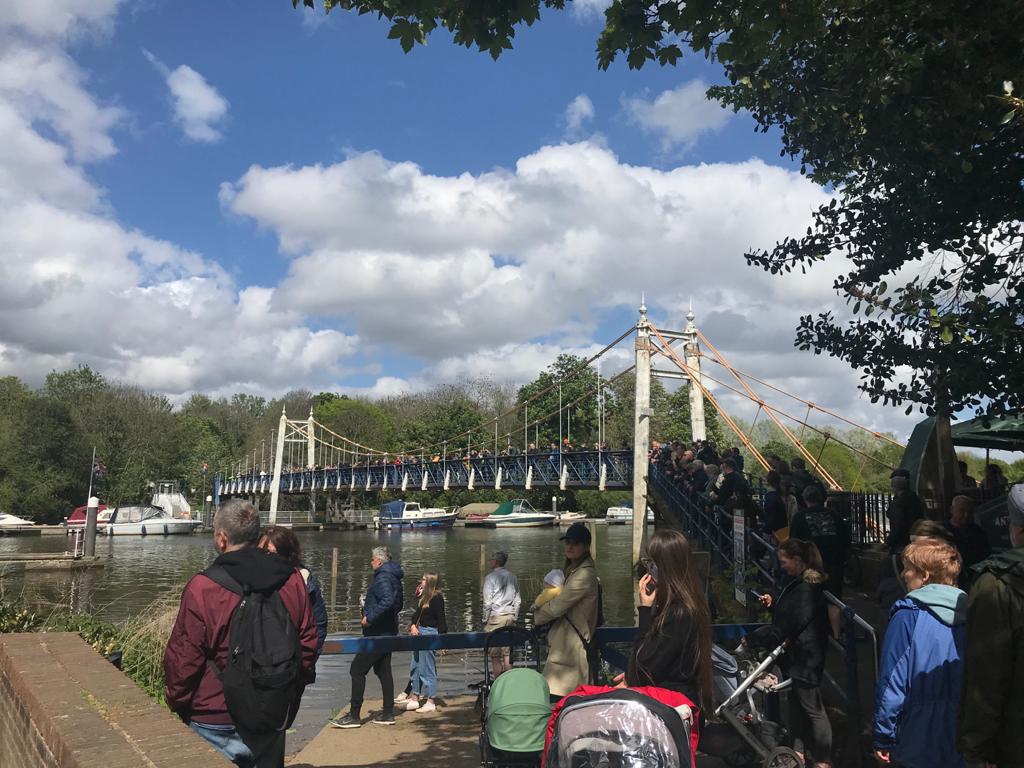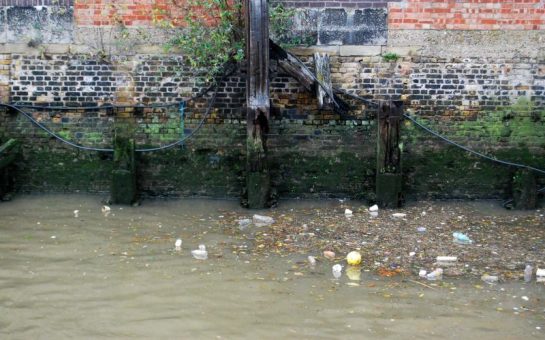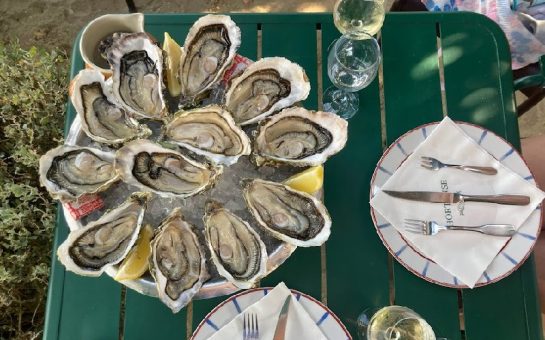A stranded juvenile whale was put to sleep yesterday after a failed rescue attempt at Teddington Lock.
The minke calf, dubbed ‘Minnie’ by some, was first spotted far away from its usual habitat of the northern Atlantic, Pacific and Antarctic oceans near Putney and Barnes Bridge on Sunday afternoon.
The whale beached itself on the boat rollers at Richmond Lock at about 7pm and had to be kept hydrated with a hose while the RNLI and other agencies were called to the scene.
The Chiswick RNLI, five fire engines, police and vets attended the scene and soon a crowd of hundreds gathered on the riverbanks to watch the progress of the rescue.
After several hours, rescuers in the multi-agency response which also included the Port of London Authority, the Environment Agency and the Maritime and Coastguard Agency managed to get the small whale, measuring between three and four metres, into an inflatable harness and tow it away by boat towards Isleworth at around 1am.
However, the whale freed itself and made its way further up the river against the current to Teddington Lock where it was spotted at around 10am on Monday morning.
The Teddington RNLI was called by a member of the public and monitored the situation while two helicopters were spotted flying overhead.
Later on, the mammal got stuck in the shallows between a brick wall by the courtyard of the Flying Cloud Café and a submerged tree and other vegetation.
As the day went on, the whale stopped moving and was showing signs of distress, rolling over to expose its white belly.
Worried residents and recently let-out school children crowded on the bridge and riverbanks and even kayakers, canoeists and paddleboarders came up on the waterway to see any signs of hope of rescuing the animal as the tide was going out.
Teddington resident Hannah Farmery, 25, watched the whale for about two hours on Monday afternoon.
She said: “I was really keen to see the whale and once there I was really hoping it could be rescued.
“When I first saw it emerge out of the water, I was quite excited- I’ve never seen a whale so close to home before.
“I quickly became concerned when it got stuck by the edge of the river and it showed signs of distress.
“As time went on, it was sadly looking less likely that the whale would make it.”

The British Divers Marine Life Rescue (BDMLR) said in a statement: “Once the whale is beached a veterinary team will be on stand by to euthanize the animal to end its suffering.”
A vet from the Zoological Society of London (ZSL) gave the whale an injection shortly after 6pm after its condition seriously deteriorated and it was judged to have trouble swimming and feeding itself as it had lost strength and was dehydrated.
Condolences poured in on Twitter and the whale was taken away for an autopsy to be carried out by a team from the Cetacean Strandings Investigation Programme from the ZSL.
Samantha Armatage, one of the four volunteer RNLI crew members assisting medics from BDMLR, said in a statement released by Teddington RNLI: ‘Whilst we always try to remain professional and calm, it was very emotional to be part of the wider team all willing the whale to pull through.
“We laid hands on the whale as the vet arrived and we hope that it felt the will of the local community who turned out to witness this very unusual incident.”
According to experts at National Geographic, whales normally beach themselves when they are sick or injured.
Minke whales are the second smallest baleen whale, normally growing up to eight metres long, weighing up to five tons and living for 30-50 years.
It is estimated that this baby calf became separated from its mother and disoriented to come 90 miles all the way up the Thames Estuary through central London to Teddington Lock.
Photo credit: BDMLR




